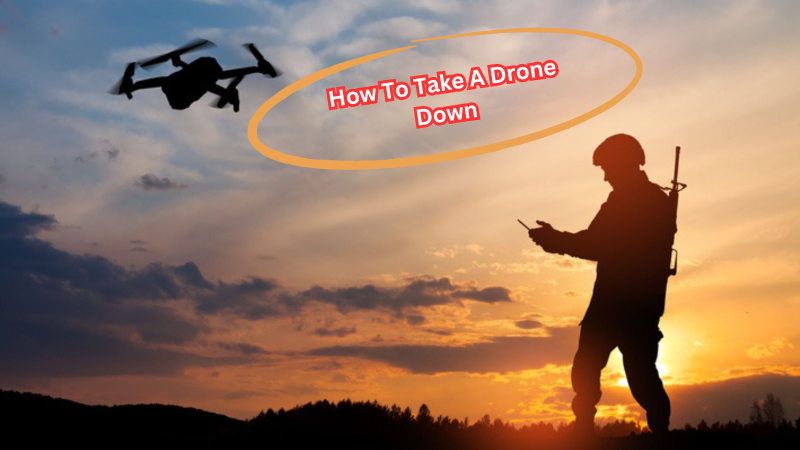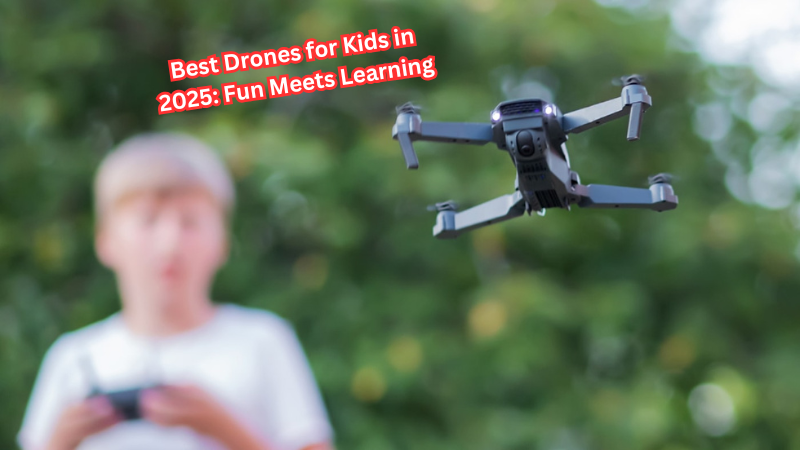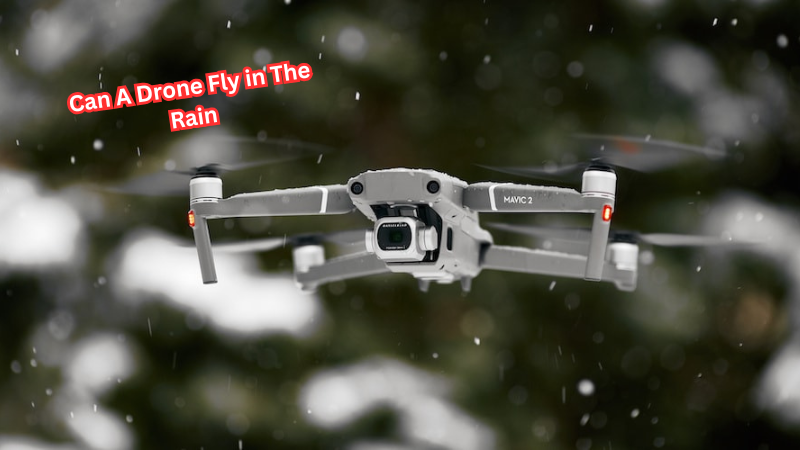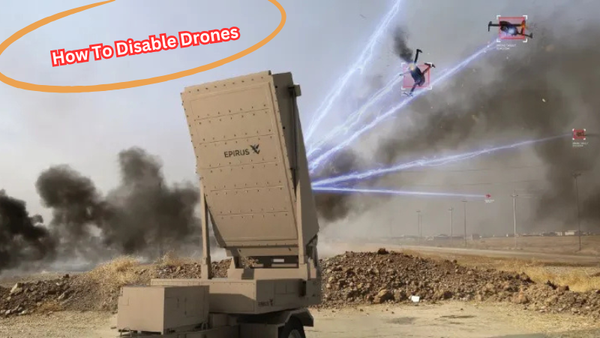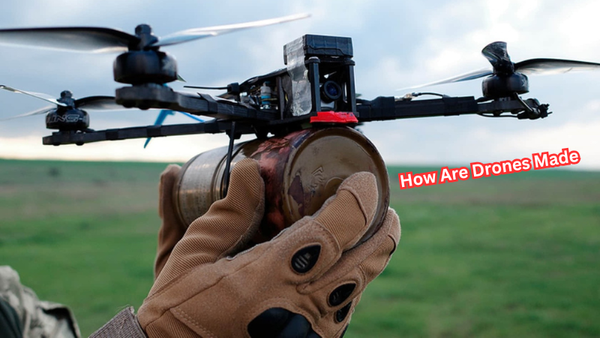Drones have become a common sight, revolutionizing industries like photography, delivery, and security. However, their increasing presence can lead to challenges such as breaches of privacy, safety concerns, and unauthorized operations.
While the need to address rogue drones is pressing, it’s crucial to act responsibly and within the boundaries of the law. Understanding local regulations and seeking legal avenues are essential steps before considering any action. Improperly disabling a drone can lead to significant consequences for both parties involved.
This guide explores various methods to safely and effectively address problematic drones, from signal jamming to advanced technology, while emphasizing the importance of safety precautions. By staying informed and prepared, you can manage drone-related issues responsibly and effectively.
Who Can Legally Identify if a Drone is a Threat?
Determining whether a drone poses a threat requires expertise and adherence to local laws.
Law enforcement agencies, aviation authorities, and trained security personnel are typically responsible for assessing these threats. Equipped with specialized training and tools, these professionals can evaluate a drone’s behavior, purpose, and compliance with airspace regulations to identify potential risks accurately.
Local guidelines and regulations define what constitutes a drone threat, such as unauthorized entry into restricted areas or behaviors indicating suspicious intent. For individuals, reporting suspicious drone activity to the proper authorities is essential. Taking independent action without authorization can lead to legal consequences and potential risks to public safety.
Collaboration between law enforcement, aviation authorities, private organizations, and the public plays a critical role in maintaining secure and controlled airspace. By following established protocols and fostering cooperation, potential threats can be addressed effectively while ensuring safety, legality, and the responsible use of this technology.
Why You Need to Take Down a Drone
Drones have become a ubiquitous presence in our skies, and while the majority of them are used for legitimate purposes, there are instances where taking them down may be necessary. These situations can range from security breaches to privacy violations, and it's crucial to understand why and when it may be necessary to take a drone down. Here are some of the reasons why you may need to take down a drone:
- Security and safety: Drones can be used for nefarious purposes, such as smuggling illegal substances or weapons. In these cases, taking them down is necessary to ensure public safety and prevent potential harm.
- Privacy concerns: Drones equipped with cameras can invade personal space and violate privacy rights. This can range from taking photos or videos without consent to using drones to spy on individuals or properties. Taking down these drones is essential to protect personal privacy.
- Unauthorized operations: Drone operators must adhere to local regulations, including obtaining proper permits and following airspace restrictions. However, there may be instances where drones are flown in restricted areas or without authorization, posing a risk to air traffic and public safety. Taking them down is necessary to prevent potential accidents.
- Suspicious behavior: Drones can exhibit unusual or suspicious behaviors that may indicate criminal activity, such as attempting to drop packages over prison walls or hovering around sensitive facilities. In these cases, taking the drone down can help identify and stop potential threats.
While there are valid reasons for taking a drone down, it's crucial to follow proper procedures and adhere to local laws. This includes seeking legal advice and obtaining necessary permissions before taking any action. It's also essential to prioritize safety when dealing with drones both for those operating the drone and those in the surrounding area.
What Are the Legal and Ethical Considerations?
Taking down a drone isn't as simple as just shooting it out of the sky. There are legal and ethical implications to consider before taking any action. Depending on your location, there may be specific laws and regulations regarding drone operations, including restrictions on disabling or interfering with them.
In the United States, for example, damaging or destroying a drone can result in federal charges under the FAA Modernization and Reform Act. This law makes it a federal crime to "knowingly and willfully" interfere with any aircraft, including drones.
Additionally, before taking down a drone, it's essential to consider potential collateral damage or harm to innocent individuals. Safety should always be the top priority when dealing with drones, and actions should be taken carefully and deliberately to minimize risks.
It's also crucial to think about the ethical implications of taking down a drone. While there may be valid reasons for doing so, it's important to ensure that the actions are proportionate and necessary.
How To Take A Drone Down
There are several methods for taking down a drone, each with its advantages and limitations. The most effective method will depend on the specific situation and factors such as the type of drone, its altitude, and the surrounding environment. Here are some common methods for taking down drones:
Signal Jamming
Signal jamming involves disrupting the communication between a drone and its operator by emitting radio frequency signals that interfere with their connection. This method is relatively non-invasive and can be used to bring down small consumer drones.
However, signal jamming may not be effective against more advanced or larger drones that use stronger frequencies or have backup navigation systems.
Net Guns
Net guns shoot out a net to capture and entangle a drone, causing it to lose control and fall from the sky. This method is particularly useful for taking down drones in urban environments or areas where a crash could cause harm.
However, net guns require skilled operators and may not be suitable for taking down high-flying drones or those with strong propulsion systems.
Laser Weapons
Laser weapons use directed energy to disable or destroy a drone's navigation system, causing it to either land safely or crash. They can be effective against drones at higher altitudes and are less likely to cause collateral damage than other methods.
However, laser weapons can be expensive and require specialized training to operate safely and effectively. They also have a limited range and may not be suitable for all situations.
Physical Interception
Physically intercepting a drone can involve using birds of prey trained to capture and bring down drones or deploying other physical barriers such as nets or ropes. This method is relatively low-tech and can be effective against smaller drones.
However, physically intercepting a drone can be dangerous for the interceptor and may not be suitable for taking down larger or more powerful drones.
Deployment of Trained Birds of Prey
One of the most innovative and effective methods for taking down drones is using trained birds of prey. These birds, such as eagles or falcons, are taught to intercept and retrieve drones in mid-air, bringing them safely to the ground.
This method has several advantages, including being environmentally friendly and cost-effective. It also does not require any specialized equipment or training for human operators.
While this method may seem unconventional, it has been successfully used by law enforcement agencies in countries like The Netherlands and France.
Tips and Precautions for Taking Down a Drone
Taking down a drone, whether for legal or safety reasons, should be approached carefully to avoid any potential harm or legal repercussions. Here are some tips and precautions to keep in mind:
- Seek professional help: Before attempting to take down a drone, it's crucial to seek the advice and assistance of professionals. This can include law enforcement agencies or trained experts who have experience dealing with drones.
- Ensure safety first: Safety should always be the top priority when taking down a drone. This includes considering potential impacts on bystanders, surrounding structures, and nearby aircraft.
- Follow local laws and regulations: It's essential to adhere to any local laws and regulations regarding drone operations. This includes seeking necessary permissions and avoiding any actions that may be considered illegal.
- Document evidence: It's crucial to document any evidence of the drone's activities or any potential threats before taking it down. This can help support legal justifications for the action if needed.
- Communicate clearly: If possible, communicate with the drone operator and inform them of your intentions before taking any action. While this may not always be feasible, it can help avoid misunderstandings or conflicts.
These precautions can help ensure that the actions taken are necessary, proportionate, and legal. It's also essential to keep in mind that taking down a drone should always be the last resort and used only in situations involving potential safety or security risks.
Potential Consequences
Although taking down a drone may seem like a necessary and responsible action, it's important to be aware of the potential consequences that may follow.
- Legal implications: Depending on the circumstances, taking down a drone can result in legal repercussions for both the interceptor and the operator. It's essential to understand and comply with any laws or regulations that may apply.
- Equipment damage: In some cases, attempts to take down a drone could result in damage to equipment or infrastructure. This should be considered carefully before initiating any action.
- Physical harm: Attempting to take down a drone can pose physical risks both for the interceptor and any bystanders nearby. Safety precautions should always be taken into account.
- Retaliation: In some situations, the drone operator may respond aggressively or seek retaliation against those attempting to take down their drone. It's important to be aware of this potential risk and take appropriate precautions.
Ethical and Practical Alternatives
When dealing with intrusive or unauthorized drones, ethical and practical alternatives are key to resolving concerns responsibly. Reporting the drone’s activity to local authorities or aviation regulators is often the best first step. These agencies can investigate and enforce regulations without escalating the situation.
Another option is deploying anti-drone technology, such as geofencing, which creates virtual boundaries to prevent drones from entering restricted areas, or detection systems that monitor drone activity without physical interference. These solutions prioritize safety and minimize risks.
Education is equally important. Hosting community workshops or awareness programs can help drone operators understand local laws and encourage responsible flying practices. Non-confrontational approaches, like open communication between concerned parties, foster cooperation and reduce conflicts.
FAQs
What should I do if I spot an unauthorized drone near my property?
If you notice an unmanned aircraft near your property and it seems suspicious, it’s best to contact local law enforcement. Attempting to disable drones or destroy drones on your own may result in violating federal law.
Is it a federal offense to take down a drone without permission?
Yes, taking down a drone without permission is a federal offense. The Federal Aviation Administration oversees drone laws, and only law enforcement officers or authorized personnel can address issues involving a drone pilot violating federal law.
Can drones be disabled legally if they fly near military bases?
Unauthorized drones near military bases are taken seriously due to security concerns. Law enforcement officers or military personnel handle such cases, as only they have the authority to act within federal law. Always report the drone's location and avoid trying to disable drones yourself.
Who should I report to if a drone is violating regulations?
If a drone pilot is breaking drone laws, contact local law enforcement to report the incident. The Federal Aviation Administration may also be involved if the unmanned aircraft is in restricted airspace or violating federal law.
Conclusion
Taking down a drone demands careful consideration of both legal and ethical factors. Understanding local laws and regulations is crucial before taking any action.
This guide has explored methods like signal jamming and anti-drone technology, as well as ethical alternatives such as reporting to authorities and educating drone operators. Non-confrontational solutions, like fostering open communication and promoting community awareness, can often resolve concerns while encouraging responsible drone usage.
A balanced approach ensures privacy, safety, and security are upheld without stifling technological progress. Stay informed about drone regulations and adopt responsible practices to address issues effectively. Together, we can manage drone-related challenges while supporting innovation in a safe, collaborative manner.
